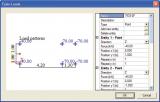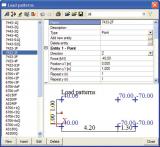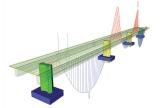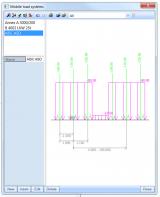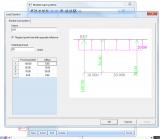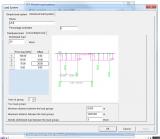sens.16 - Moving loads
- Module code sens.16
-
Software
- SCIA Engineer
-
Included in editions
- Professional,
- Expert,
- Ultimate
- Category Loads & Combinations
- License Perpetual
